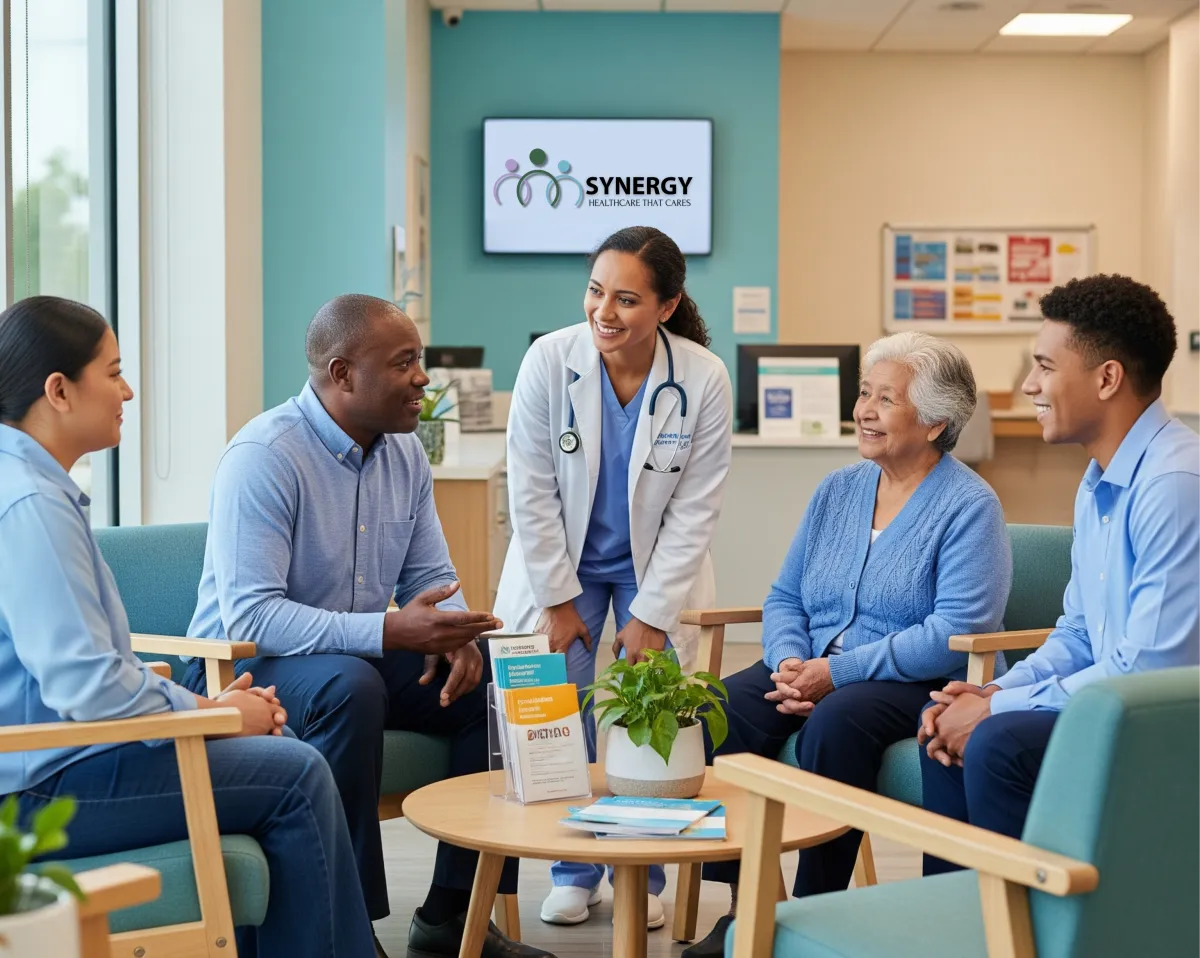
Clinical Trial Myths in Houston: 5 Things You Need to Know
5 Reasons People Avoid Clinical Trials, And Why They Shouldn’t
If the phrase “clinical trial” brings up fear or confusion, that’s completely normal, but it might also mean missing out on free, high-quality care, compensation, and a chance to help advance medicine in Houston. For many adults across Southwest and Southeast Houston, especially Black and Hispanic communities, clinical research is an opportunity to get answers, get access, and get involved in something bigger than a single doctor’s visit. Here’s what trials really are, why they’re safe, and how to take the next step with confidence.
What clinical trials really are (and why they exist)
Clinical trials are carefully designed medical studies that help researchers understand whether new approaches work and are safe, moving from early Phase I studies through Phase IV monitoring after treatments are approved. Each phase has a purpose, strict safety protocols, and oversight from ethics committees and regulators to protect participants’ rights and well-being. That structure is what brings tomorrow’s treatments to the neighbors, families, and communities of Houston today.
Myth 1: “Clinical trials aren’t safe”
Reality: Safety is built into every step. Trials follow approved protocols, require informed consent, and are monitored by Institutional Review Boards (IRBs) and regulatory agencies that ensure patient protections and data integrity. Participants are continually assessed for safety, and studies can be paused or adjusted at any time if concerns arise, which puts participant well-being first.
Myth 2: “Trials are only for very sick people”
Trials often include people at different stages: newly diagnosed, managing chronic conditions like diabetes or NASH, or even healthy volunteers in certain studies. If a study isn’t a fit, research teams guide individuals toward options that are, including future trials as eligibility changes. This means there’s a wider doorway into research participation than most people think, especially in a large, diverse city like Houston.
Myth 3: “I’ll be a guinea pig or get a sugar pill”
Participants are never treated like test subjects; they’re partners in a structured process with clear rights, full information, and clinical oversight. Not all trials use placebos; many compare new approaches to standard care, and when placebos are used, it’s disclosed in consent and designed to avoid harm. The goal is better outcomes and more options, never guesswork.
Myth 4: “It’s too complicated or takes too long”
Research coordinators walk through every step, from screening and scheduling to transportation options, so participation fits real life as much as possible. Many visits are streamlined, and participants receive reminders, clear instructions, and support throughout the study, including compensation for time and travel if applicable. The process is designed to be understandable, manageable, and respectful of everyday responsibilities.
Myth 5: “Clinical trials aren’t for people like me”
In Houston, diversity is a strength, and essential for research. Studies actively seek participation from Black and Hispanic communities to ensure treatments work for everyone, not just a few groups. When more local residents take part, the data better reflects Houston’s real health needs and leads to more equitable care and outcomes for families across our neighborhoods.
Why clinical trials matter for Houston’s health
Clinical research expands access, often providing study-related care at no cost and compensation where eligible, while connecting participants with expert investigators and a dedicated team focused on details and follow-up. For the Houston area, that means faster innovation, stronger community representation in data, and better visibility with national sponsors who value quality and diversity. This is how local participation turns into global progress.
How to join a clinical trial in Houston (simple steps)
Step 1: Explore current studies. Visit the Current Studies page to see which conditions and programs are enrolling now in the Houston area.
Step 2: Complete a short interest form. Share basic health information to check eligibility; a coordinator will follow up to discuss next steps.
Step 3: Attend a screening visit. Learn the details, review the consent form, and complete screening labs or assessments if needed to confirm a fit.
Custom HTML/CSS/JAVASCRIPTStep 4: Begin study visits. Coordinators provide the schedule, transportation tips, and reminders; compensation and care details are explained upfront.
Step 5: Stay connected. Ask questions anytime and receive updates; participants can withdraw at any point if circumstances change.
FAQ: Safety, compensation, and stopping a study
Is this study safe? Trials are built around protocols, oversight, and ongoing monitoring to protect participants, and teams explain risks in plain language during informed consent. Safety is the top priority, from start to finish.
Will I be compensated? Many studies include compensation for time and travel, and all study-related procedures are explained beforehand; details vary by study. The Compensation Guide and study pages outline what to expect.
How long do trials last? Timelines vary by condition and phase; during screening, coordinators outline visit frequency, total duration, and any follow-up. Clear expectations help participants plan with work and family.
What if I need to stop? Participation is always voluntary; individuals may withdraw at any time without penalty, and staff will guide safe discontinuation and next steps. Informed consent covers this before enrollment.
Ready to take the next step? Join a clinical trial with Synergy Groups Medical and contribute to meaningful research that reflects Houston’s communities.
Clinical trials are more than research; they’re pathways to care, representation, and progress for Houston’s Black and Hispanic communities and every neighbor who wants a healthier future. If myths held things back before, consider this the invitation to ask questions, explore options, and find a study that fits both health goals and real life. The first step is a conversation with a research coordinator who understands both science and community.
